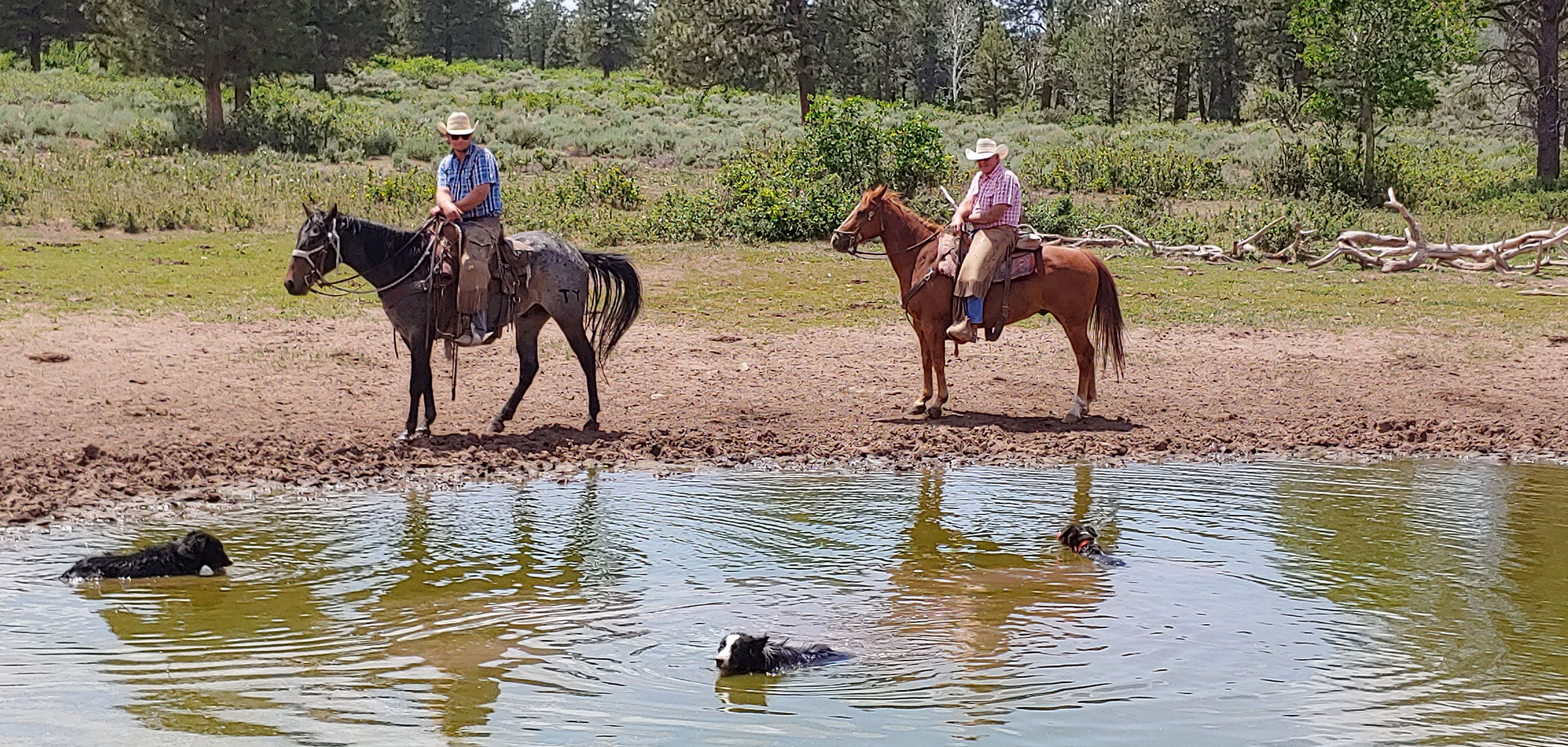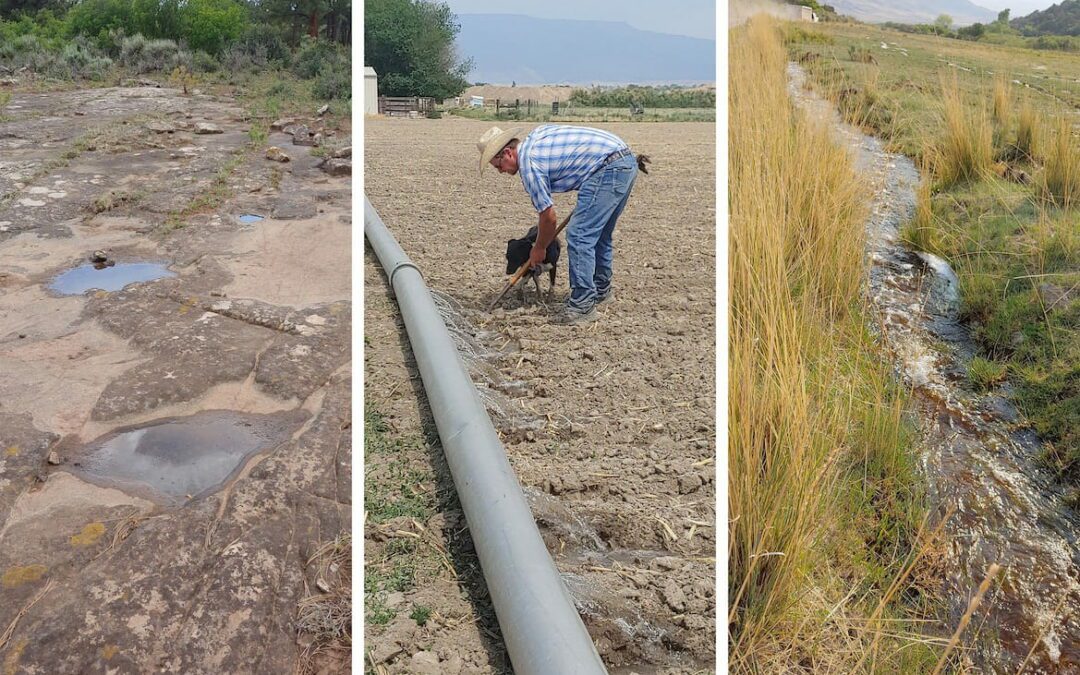Courtesy Janie VanWinkle
TIME Magazine BUSINESS SECTION
Over at VanWinkle Ranch in Fruita, Colorado, owner and operator Janie VanWinkle is facing a similar crisis, although she at least hopes to outlast the drought—this time. “You know, we’re kind of an optimistic bunch, or we wouldn’t be in this business,” VanWinkle says of her cohort of cattlemen in western Colorado, where she is a fourth-generation rancher with her husband; her son, recently graduated from college and returned home to continue the business, will be the fifth. “But it makes it really hard to look to the future optimistically, with the drought staring you in the face with every step you take.” The Van Winkles have been slowly selling off cattle every season over the past year to ground beef processing plants, whittling down their herd of 550 in order to stay sustainable; they’re down about 100 cows from last fall, and will sell off another 50 or more in the coming months. With their own hay production about 60% of normal, they have secured extra hay from Kansas and will be trucking it in over the coming weeks, outsourcing their feed for the first time.

Van Winkle and her husband are not new to dealing with drought downturns: they had to sell half their cattle during a bad season in 2002. But with consistent drought conditions present for three of the last four years, the accumulated effects—soil depletion chief among them—are adding up. “Is it the worst year ever? It feels like it,” she says. “I do think we’ll see some producers sell all their cattle, and then whether they’ll get back in or not, that remains to be seen.” About half of the U.S.’s cattle are on small ranches of under 40 cows, and it is these smaller operations that are most at risk now. “It’s still an important part of the food supply and for the security of our food system,” Van Winkle says. Longer term, ranchers like her are considering alternatives: “We know that our business and our lifestyle will look different in 10 years, in 20 years,” she says. “But the drought is only a piece of that.” VanWinkle and other ranchers are already looking to expand their options for the future, including boosting their direct-to-consumer sales channels and opening up their land to outdoor recreation companies.
. “But it makes it really hard to look to the future optimistically, with the drought staring you in the face with every step you take.” The Van Winkles have been slowly selling off cattle every season over the past year to ground beef processing plants, whittling down their herd of 550 in order to stay sustainable; they’re down about 100 cows from last fall, and will sell off another 50 or more in the coming months.
“Whenever you meet somebody on the road, you roll down your window and you put your arm out, the first thing that always comes up is: It’s a dry son of a gun, isn’t it? That’s the conversation,” Van Winkle says. “A lot of headshaking, a lot of frustration, but we know this when we sign on to this business. It’s not for the faint of heart.”

